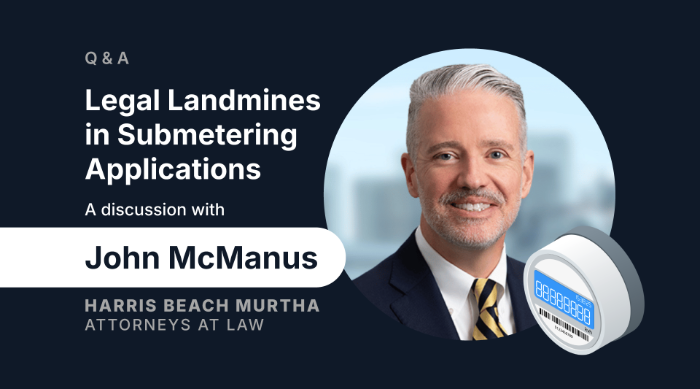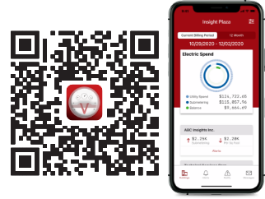Keeping Operations Shipshape at SUNY Maritime
Industry veteran Joseph Tedesco offers his advice about balancing operational needs on complex properties.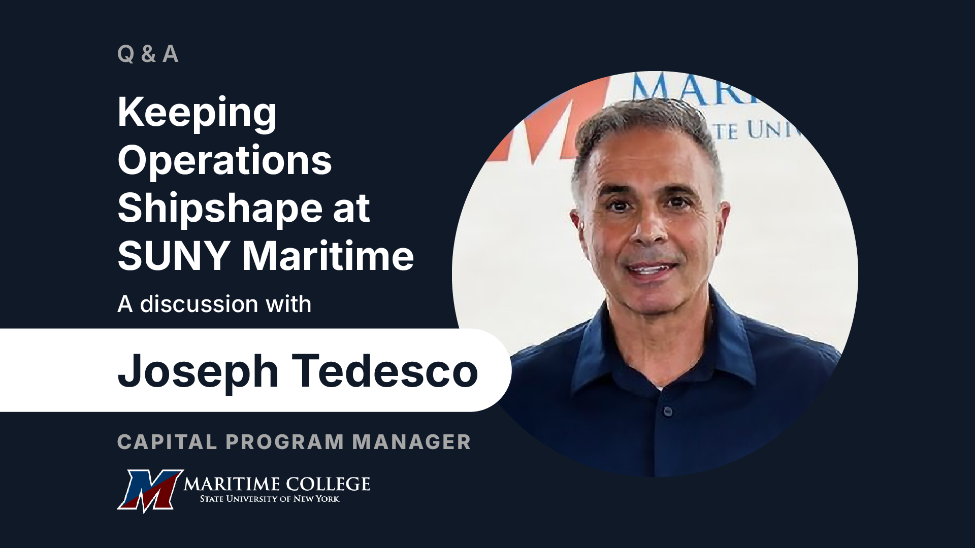
The following conversation has been edited for clarity.
Tell us about the SUNY Maritime campus.
Well, we’re unique in the SUNY system. Our structures range from a fort that's almost 200 years old, with granite walls that are 8 feet thick, to residence halls that are 1960s vintage to a new academic building that was constructed in 2014 and a seamanship center that was just finished in 2024. Also, we’re located on a 52-acre peninsula in New York City, even though we're a state facility and are governed by state code and state rules. And then there’s the pier for the training ship, the Empire State VII, and what it needs when the ship is berthed vs. when it’s not.
To balance the needs, you have to have an in-depth understanding of the structure, the building, and particularly the mechanical, electrical and plumbing systems in each of the buildings. And of course, you have to understand the use of the building with regard to academic program delivery. The use of the building, what departments you’re housing in that building – without that knowledge, you're not going to succeed.
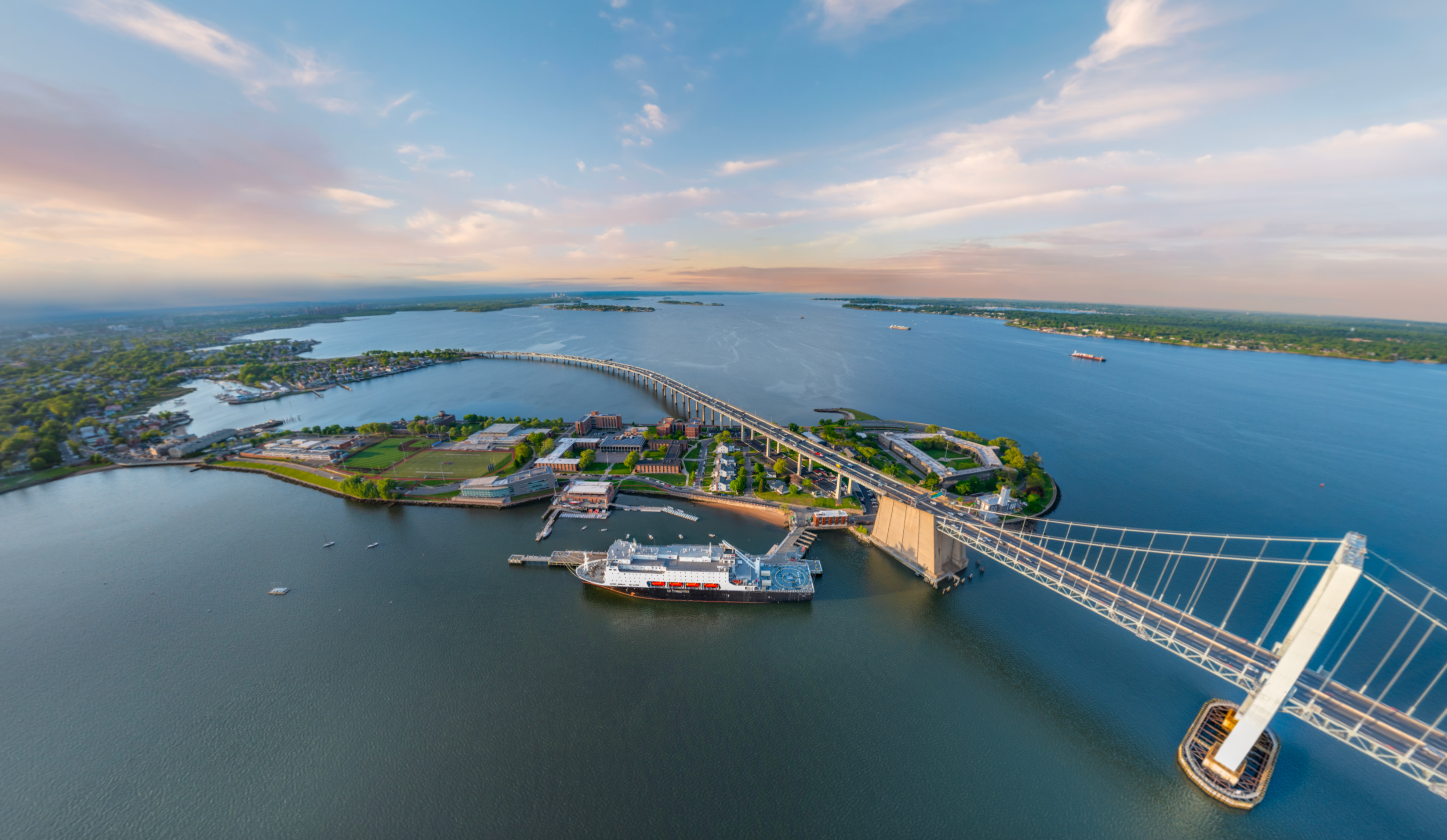
How are capital and maintenance projects funded at Maritime?
The funding streams for our projects depend on which structure is involved. What people might not know is that multiple buildings, especially our residence halls, don't have the funding stream that the academic buildings do.
Funding for our residence hall projects – to perform any capital project or sell bonds to perform major capital projects – is tied to enrollment. If enrollment is down, you're not going to be able to float a bond and have loans to do anything in our residence halls. And our residence halls have been making do with monies that the campuses had in reserve funds; maybe a half million dollars at a time. These are buildings from the 60s that need upgrades and are very important, especially when you're bringing parents and students on campus.
I also manage a minor critical maintenance budget for repairs to campus infrastructure ranging from $5K to $150K that I can extend until all the funds are expended. Other than that, capital funding for the academic buildings comes from the State University Construction Fund (SUCF) allocation and meetings and discussions with the campus-assigned SUCF program coordinator, based on qualifying criteria to provide funding support to replace or rehabilitate campus infrastructure.
But each project has to fall in the Fund’s criteria and be scored as eligible for the Fund to allocate the money. I can't just request the construction a new building. That requires detailed processes and approval.

Tell us about managing power for the Empire State VII.
So the training ship is totally electric. It operates on 6.6 kV volts nine months out of the year, when it’s berthed at our Olivet Pier. It has a dedicated electrical service brought to the entrance to the campus by Con Edison and routed underground to the pier with three capital project packages funded by SUCF, which included a new modular electrical switchgear service building and major structural renovations to the pier to berth the new ship. We connected the power source in September 2024.
I go down there often just to look at what that ship is drawing, specifically during the cold weather months. This January and February, the demand on the ship was almost 2 MW, almost twice what the campus was drawing.
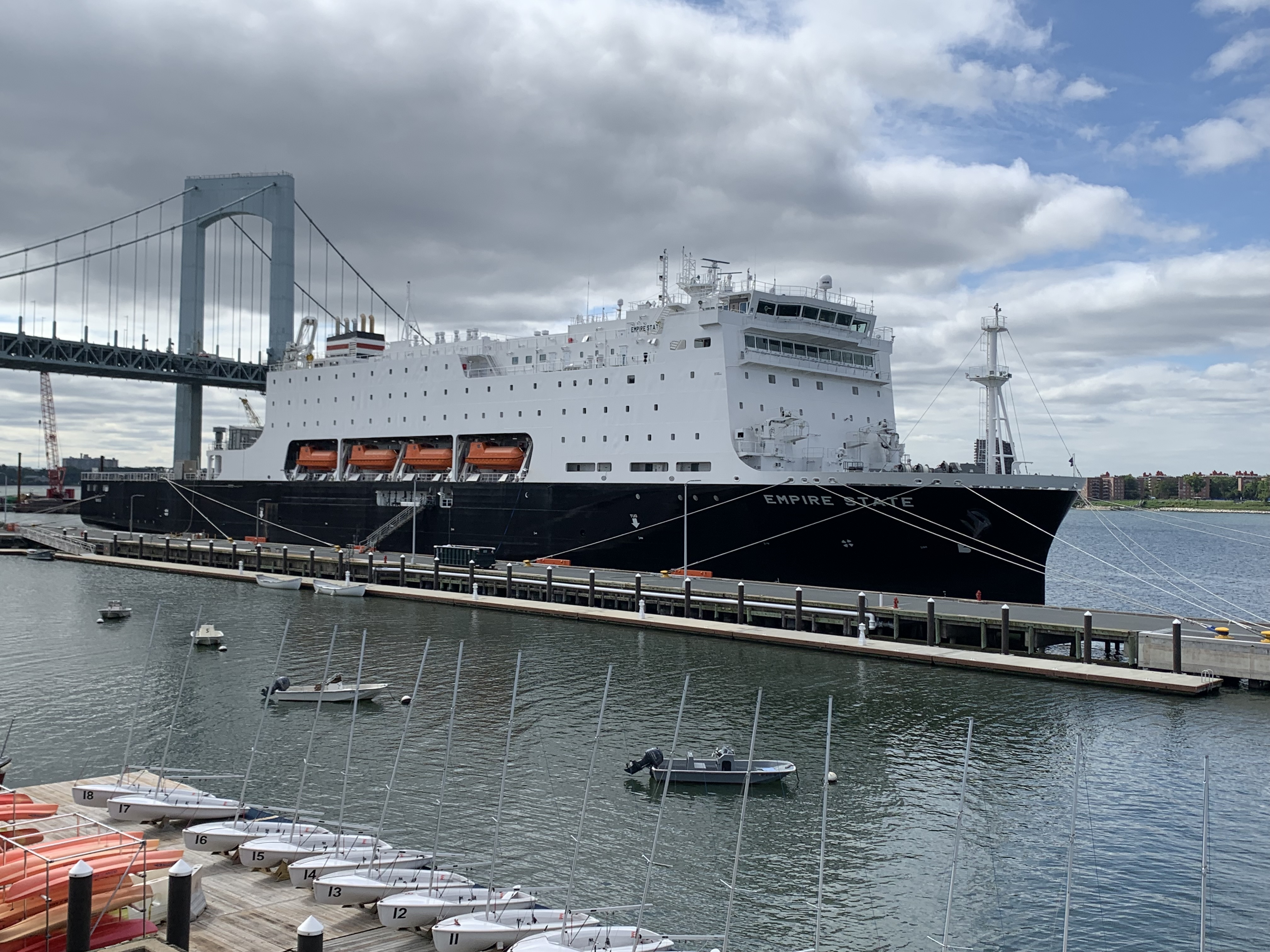
How do you balance the energy needs of these different structures – the fort, the residence halls, the classrooms, and the ship – and get the maximum out of the money you have to work with?
Keeping costs down is a very delicate balance as far as fuel energy goes. What we've done is install submetering equipment on all our academic and residence halls to help us monitor usage. We’ve even installed them on our athletic fields.
We use the submetering data to tailor schedules on our HVAC equipment to mirror academic schedules. Why run a fan system longer than it has to?
And then we stagger our load so we don't increase demand, and we've installed energy-efficient lighting and HVAC systems. We make sure that when we scope a specific capital project, we have the latest and greatest in technology as far as HVAC units, lighting systems, smart lighting systems, etc. And we implement all those good things in our capital projects.
But I’ve got to be truthful. I don't have the time to go out and press buttons on a meter and look at it and say, oh, the demand is X and the kilowatt-hours we use are Y. No facilities director or capital project manager has that kind of time. If they do, the rest of the job is lacking something. So that's where utiliVisor comes in.
utiliVisor monitors us monthly, and they help in two ways. One, they extract all that analytical information that I need as a capital program manager, that I can look at in a flash and say, the mess hall's using this, the academic center is using that. Chris (Angerame, head of utiliVisor's Operations Center) will send me an email saying, "Hey, your meter isn't working in the science building" or "Your meter’s not working in Maritime Academic Center." Something's wrong, either the communication is down or whatever. So that's very important.
Two, I look at the costs and I can see my energy building hogs. The top is the mess hall because of the rooftop units and the kitchen – the galley is totally electric right now. So I can change the fan schedule or make other adjustments. I can react to those high costs, but I couldn't do it without that report. I'm being honest with you, it'd be like working blind.
I look at them [utiliVisor’s reports] a lot, because we have to adapt to the changes when students go on break, changes when we have functions in our buildings, outside functions, people come in, they use our facilities for this, that, and the other thing. So I look at the reports quite often during a month, especially when the electrical billing comes in from OGS, which provides our electricity.
Take our athletic fields. If you're tracking demand and the athletic field lights get turned on at the wrong time, demand will increase and ratchet up. It just got raised by $X, and you're stuck with that increase in demand and the increase in that month’s billing.
But, like I said, we’re unique. We’re an engineering college that provides an education like no other engineering school because it's hands-on. The students who go out on board the ship for summer sea term, they're actually working with the equipment that they will be working with in the industry. Our graduates have the opportunity to qualify for a Coast Guard license, which is very valuable in the maritime industry. Maritime is a college that provides quality undergraduate and graduate programs in international business, engineering, science, and technology. I love this facility. I love the opportunities they give students with their educational program.
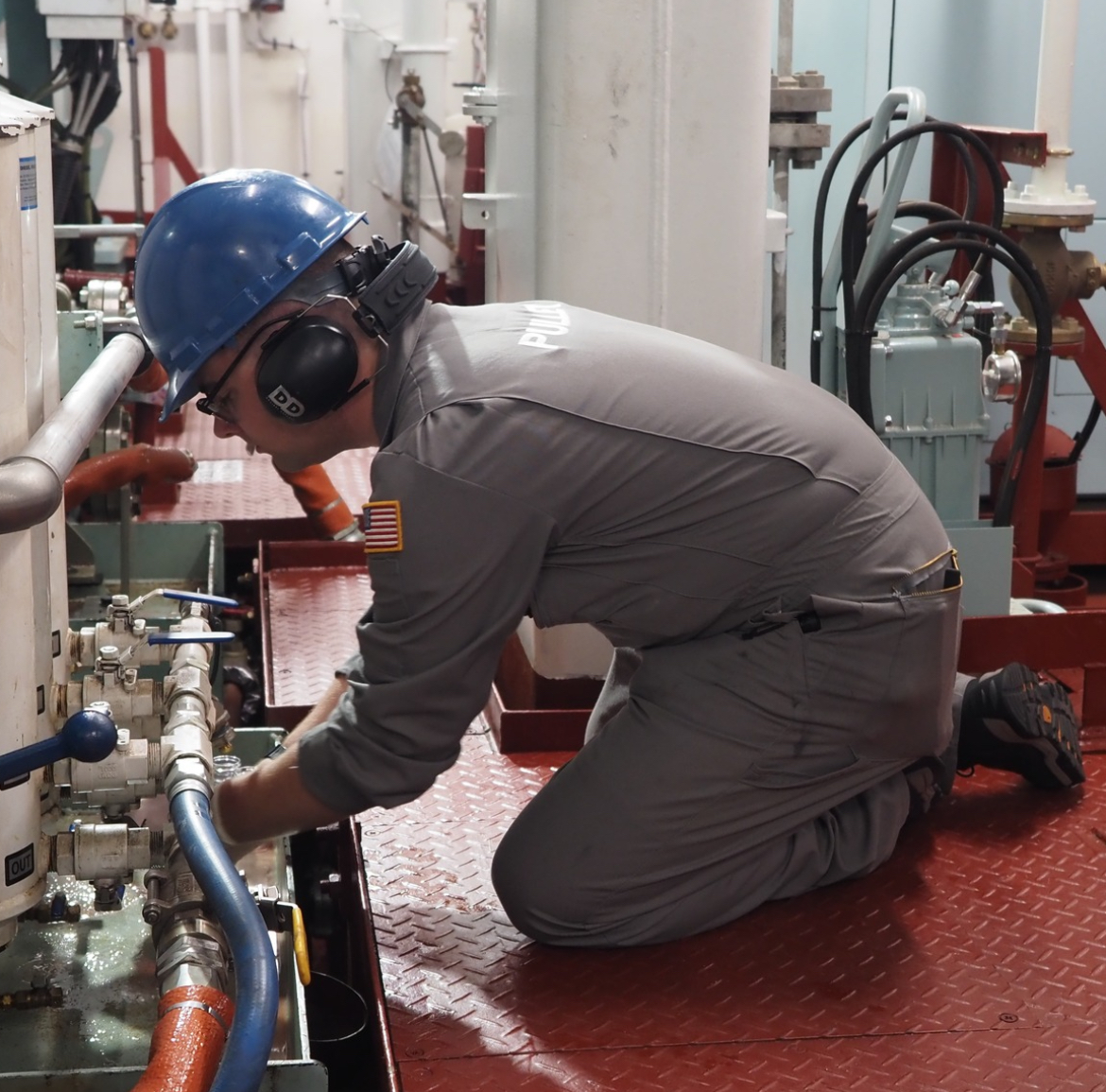
How do you use your submetering data?
Submetering is the backbone of our operations, and utiliVisor is instrumental in helping us recover costs and improve efficiency. Right now, we're doing a new boiler project in our Heating Plant. So the first thing we did was extract that data and gave it to the consultant: the electrical data, the kilowatt demand, the usage. We’re using the data to see if the existing electrical service is adequate to receive the new boilers. That’s very critical data for us to design the new project.
But one of the biggest uses has been getting an $800K loan forgiven for a faulty solar hydronic system. The debt service was going to be almost $11K a month for 8–9 years. The submetering proved that the pilot system didn’t work and the promised savings were never achieved. The data also prevented Maritime from pouring good money after bad, trying to correct deficiencies in a system that just didn’t work. It added up to over a million dollars.
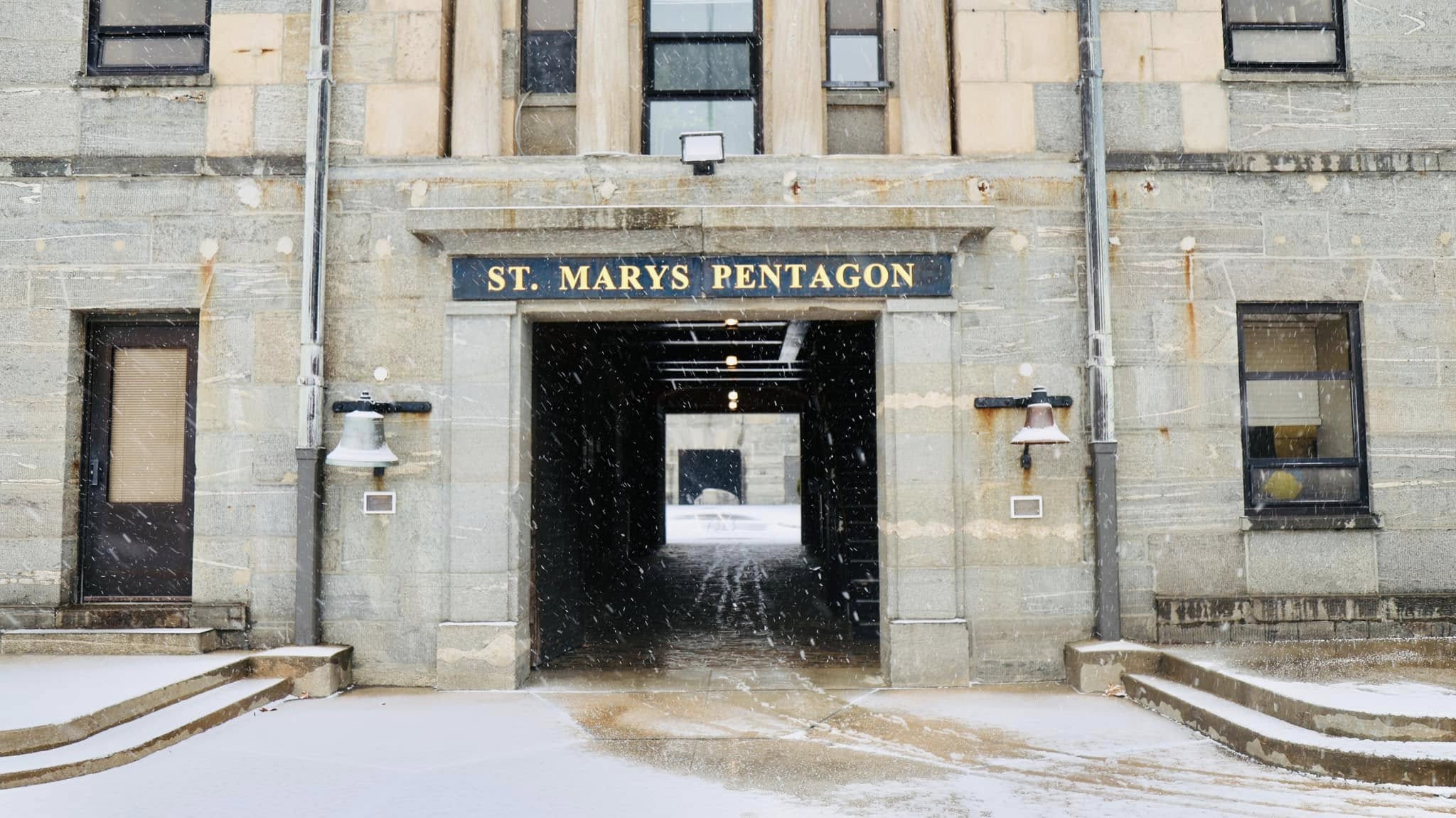
A problem we see too often is that facilities people don’t necessarily speak the same language as CFOs and vice presidents, which can stall worthwhile capital investments. Do you have recommendations for other facility directors about how to communicate with their C-suite to get the support they need?
I would emphasize good communication and having a good relationship. We have a great relationship with the SUNY Construction Fund, from the general manager to the vice chancellor and beyond. Everyone at the FUND supports the college. They go out of their way to help this campus.
What does good communication look like from your perspective?
Informing them of what's going on in the campus when they administer the project. We help them every day in any way. That goes a long way, even though they might have a construction administrator on campus to help administer the project; we're there every day. We attend all the construction meetings. They know that we have a vested interest in their investment in the campus.
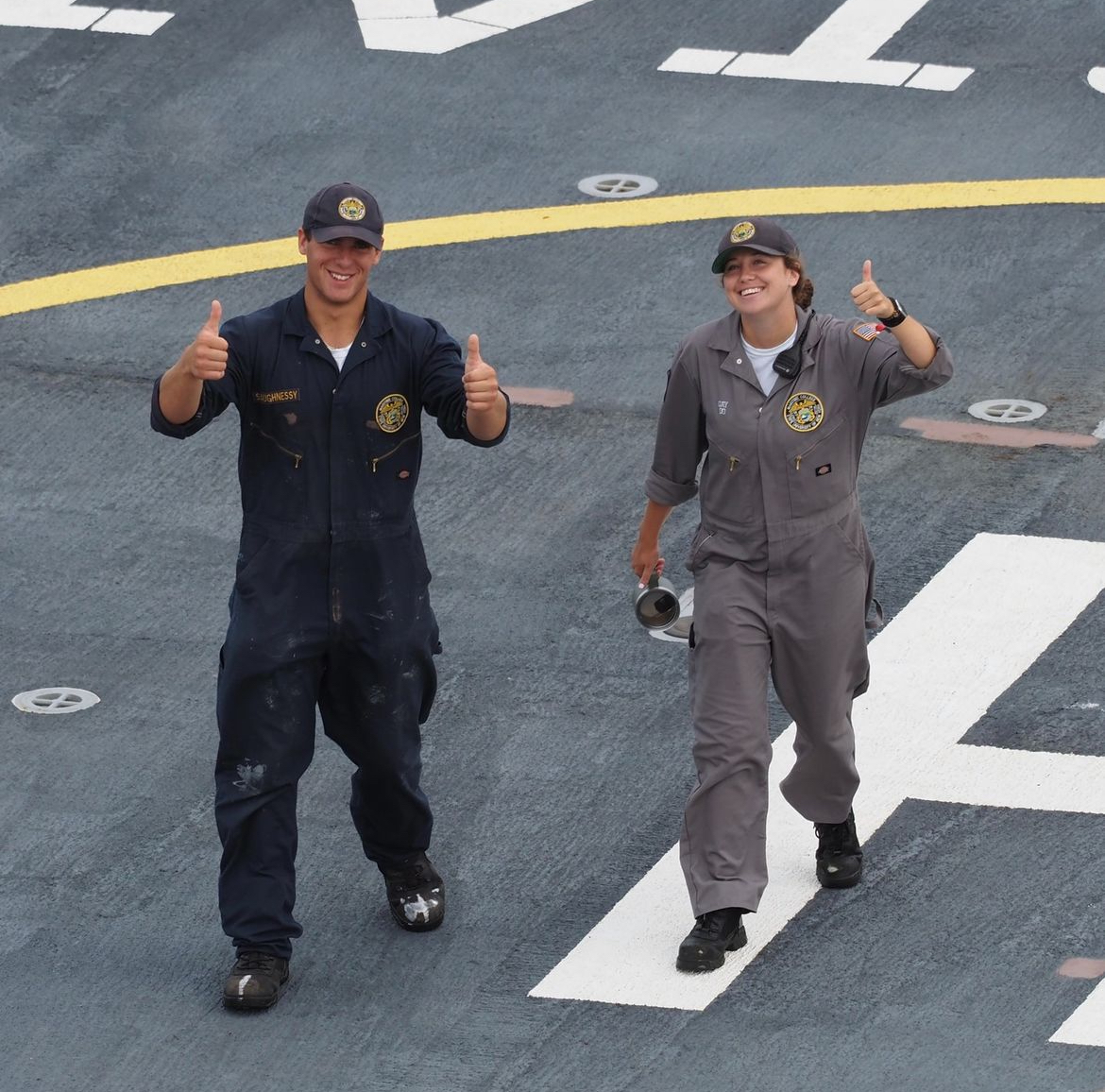
What’s your advice for owners of old, complicated properties to increase efficiency?
As I said earlier, if you don't have the analytical tools, a good building management systeman and a good monitoring system like utiliVisor, you're working blind. That's basically it. I can't put it any other way. I couldn't do my job if I didn't have those tools at my disposal. I couldn't do anything with my HVAC systems. I wouldn't know where to start cutting electrical usage or why the demand or the usage is that high. Those tools are critical.
I go into my buildings all the time; that’s part of my job. But do you think I go into the main distribution panel and start looking at the meter? No. The operating engineers go in and check the buildings on a daily basis. They have their own checks, but looking at the meters isn't one of their functions either.
For older structures, you have to really know the building, like I said before. You have to know what the shortcomings are. The system of the building, what the needs are structurally, as well as the mechanical, electric, and plumbing needs. You can't do it from behind the desk – or you're not going to be in the job long.
Key Takeaways
- You have to have an in-depth understanding of the mechanical, electrical, and plumbing systems, as well as the use of each building, to balance the needs of your facility, and you can’t learn that from behind a desk.
- Submetering is essential for pinpointing what to change and how in your daily operations.
- It’s true that 80%–90% of success (depending on which source you believe) is showing up. Time spent helping administrators understand cost trade-offs and project progress is time well spent.
- Verifying energy conservation measures keeps vendors accountable and keeps you from wasting time and money on flawed solutions.
- Meter data allows you to select the exact design criteria that will work with your specific system, rather than guess about which components will “fit.”
About Joe Tedesco
Joe Tedesco is the capital program manager at SUNY Maritime College. Tedesco has a degree in mechanical design and spent years operating high pressure, high temperature hot water plants. He moved on to become a director of school facilities and later spent a decade as a construction site rep.
In 2011, Tedesco started working as a site rep for Maritime for a $4 million HVAC project. His work was so impressive that he was hired by the college in 2021. In his current role, he provides support, development, and management for the campus’s capital projects and all minor critical maintenance projects. He and his team of financial and architectural experts work closely with the campus administration as well as the facilities team to help scope projects, create the financial justifications, and coordinate projects from implementation to completion.
Tedesco credits any and all success in his role to the capital program department team, campus administration, facilities and operations leadership, and personnel at the State University Construction Fund for their continued unwavering support.
You Might Like
About utiliVisor
Your tenant submetering and energy plant optimization services are an essential part of your operation. You deserve personalized energy insights from a team that knows buildings from the inside out, applies IoT technology and is energized by providing you with accurate data and energy optimization insights. When you need experience, expertise, and service, you need utiliVisor on your side, delivering consistent energy and cost-saving strategies to you. What more can our 45+ years of experience and historical data do for you? Call utiliVisor at 212-260-4800 or visit utilivisor.com


